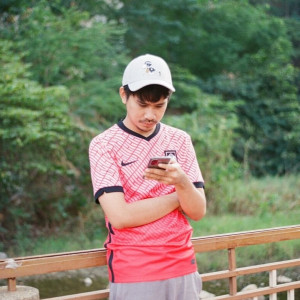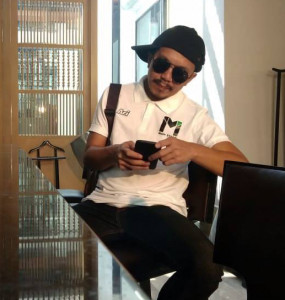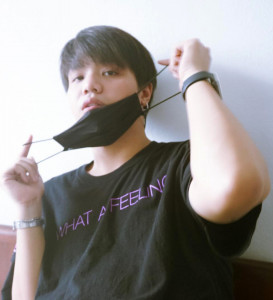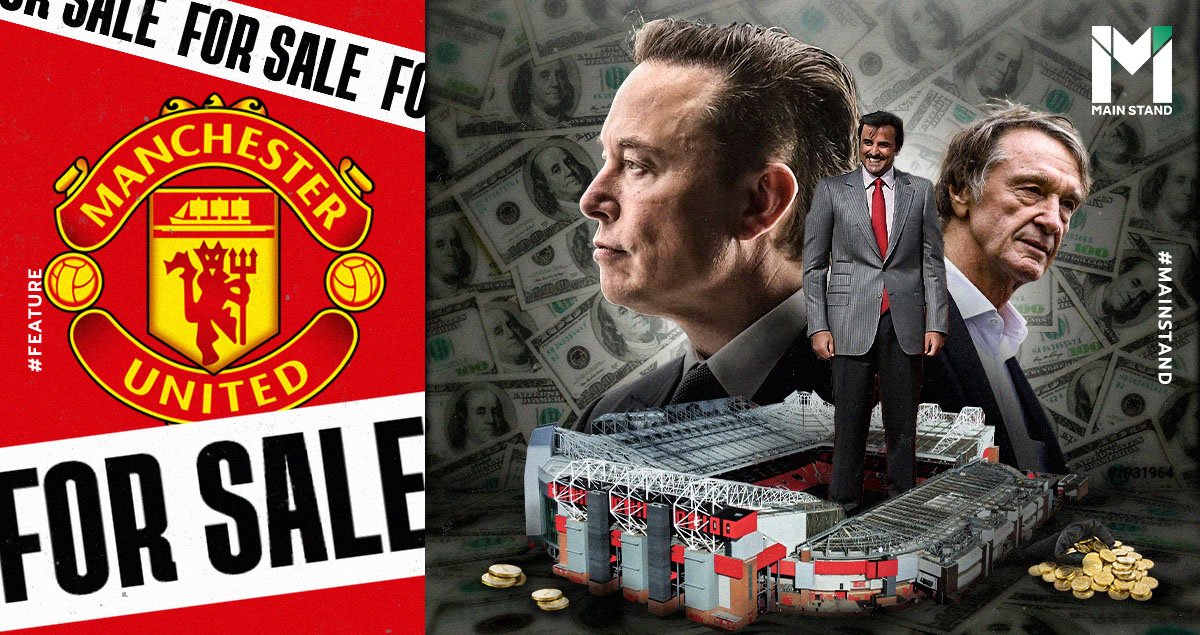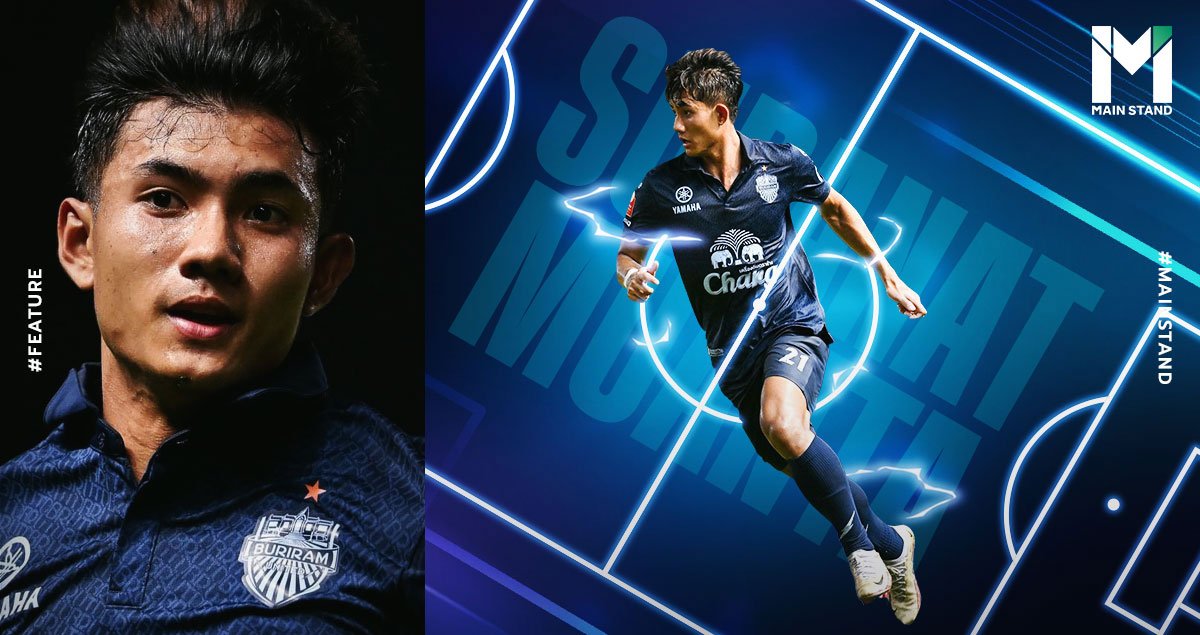
From BamBam being appointed as a global ambassador for the NBA’s Golden State Warriors to Jackson Wang’s appearance in the Match Bangkok Century Cup 2022 Opening Show, there’s no denying that K-Pop has begun to become closely intertwined in sports.
How have these two wildly different industries come to work together, and what impacts is it having on the world of entertainment? Follow along with Main Stand to find out.
Sport as entertainment
Though one would think that sports and K-Pop appeal to entirely different audiences and demographics, they are more compatible than one may think. For a start, both are ultimately forms of entertainment.

Keep in mind that the way people in South Korea enjoy sport differs from that of Europeans, who have long bonded with their beloved sports team. In contrast, how people in South Korea enjoy sport is similar to Americans’; they view sport as a form of entertainment, no different from going to a concert on weekends.
Furthermore, with the spectacle and fanfare that now surrounds major sporting events, the gap between sports and other forms of entertainment has been shrinking.
Back in 2010, the inclusion of sport into K-Pop resulted in the most popular variety show during holidays in South Korea: Idol Star Athletics Championships. The TV show featured K-Pop celebrities competing in a sports event. The program was run to exceptionally high ratings during Chusoek (Korea’s Thanksgiving festival), and highly popular Korean music entertainers joined to compete in the show.
Though the performance level on display was a far cry from professional athletes, the fun and jovial atmosphere made for excellent entertainment. The performers’ loyal fans were nonetheless profoundly impressed by their beloved artists.
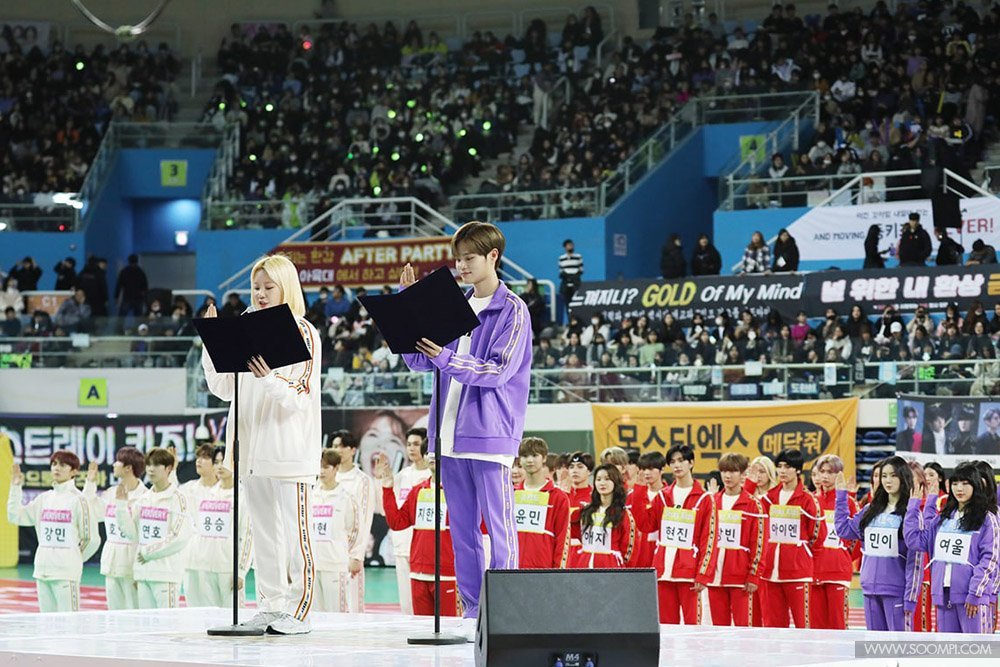
The Idol Star Athletics Championships’ success suggests that what Koreans want from watching sport is entertainment. Whether a game features the world's best players or idols stumbling their way through, audiences will stick around for the ‘star power’ and entertainment.
It is no surprise that the country’s largest entertainment industries have managed to create a symbiotic relationship. Pictures of female idols invited to throw the opening pitch for baseball games are common. What’s more, every four years, famous groups such as Girls' Generation, Apink, and Oh My Girl are selected to serve as the South Korea national football team’s presenters in the World Cup in 2010, 2014, and 2018, respectively.
Sport is fashion, and fashion means idols
Sports and K-Pop have found the perfect bridge in the world of fashion. Idols are often pictured in South Korean national football team gear, for example, which promotes their fans to watch the match.
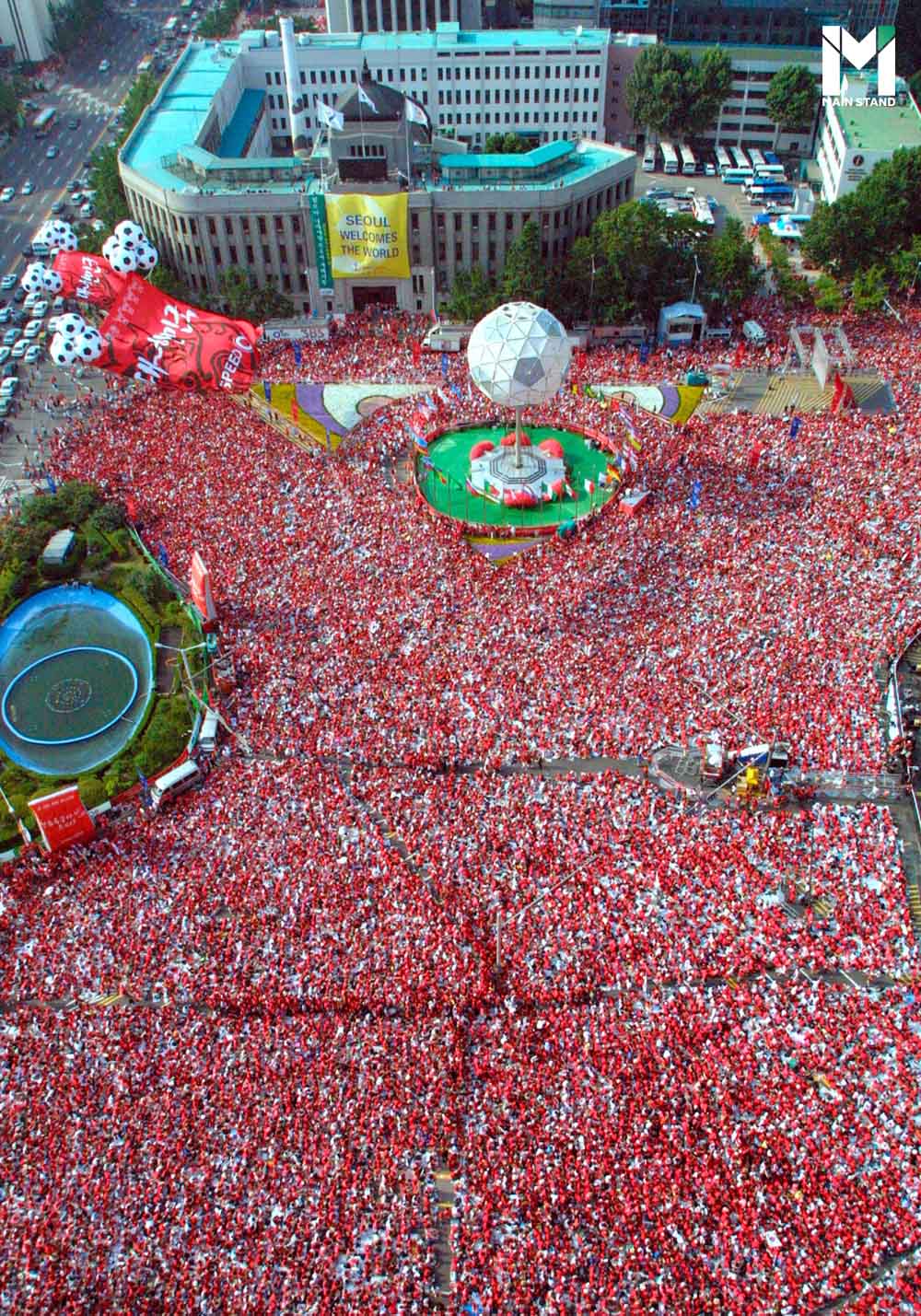
Not only does the K-Pop culture promote sporting events, but K-Pop stars with millions of fans worldwide also influence the sports industry. Idols, both male and female, have gone beyond their roles as singers that only entertain; they have become influencers who direct the way the sports industry goes.
Undoubtedly, idols’ fashion choices have a huge impact on their followers. K-Pop artists have understandably become top fashionistas and use their huge social media platforms to promote major brands.
These, of course, can include sport-based street outfits or even sports teams' merchandise. For example, renowned rapper Park Jae-Beom once wore the jersey of American football team Seattle Seahawks while performing a live concert aired on TV. Nike’s Dunk basketball sneakers can be found on almost every K-Pop star’s Instagram.
K-Pop artists have become major official presenters of sports brands, such as BLACKPINK for Adidas Superstar, TWICE for Nike Air Max in Japan, Aespa for MLB, and IU for New Balance. Recently, BTS has collaborated with New Era to release a new collection, redesigning an MLB baseball team’s logo.
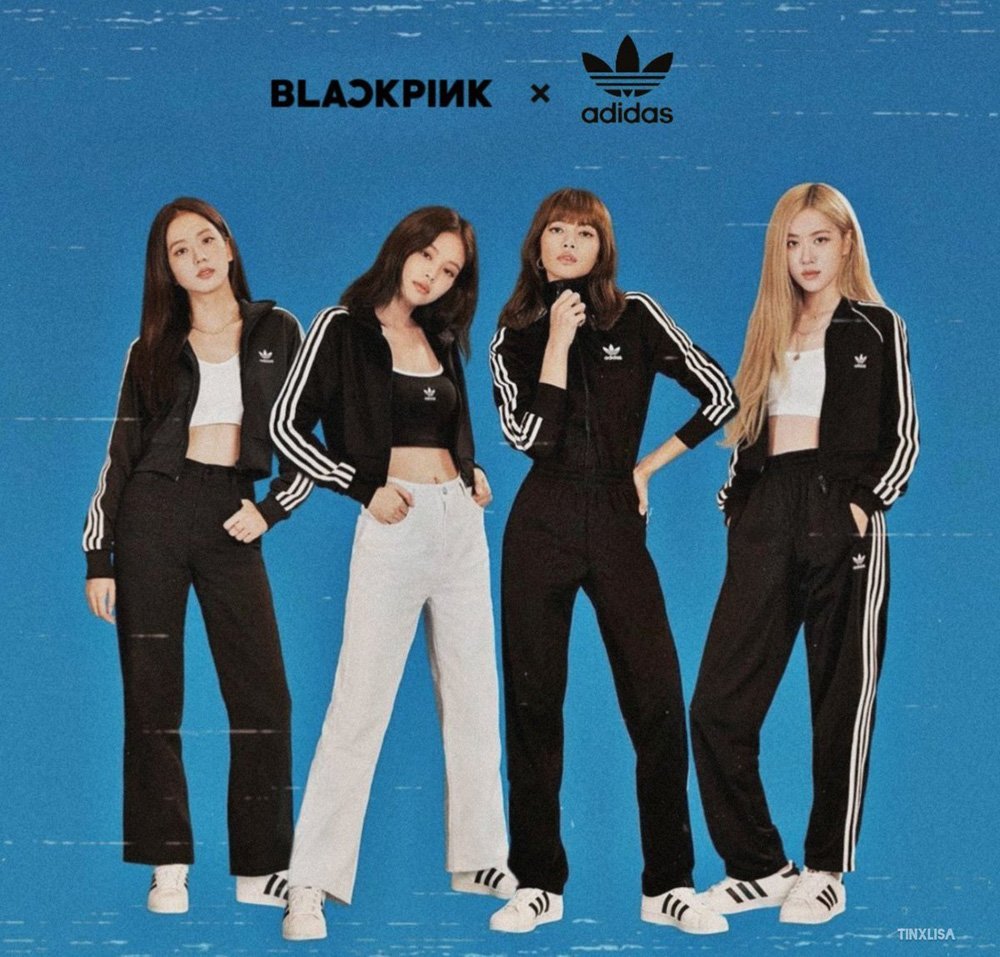
Unsurprisingly, K-Pop stars have had an even larger impact in their domestic market. Back in 2018, Seulgi from Red Velvet and Lee Gi Kwang from Highlight were chosen to be presenters for the South Korea national football team’s shirts in the 2018 World Cup. Well-known rapper The Quiett was chosen for their collection in 2020.
The fact that K-Pop artists have been presenters of such crucial products confirms that Korean stars’ influence is not limited to street fashion. Likewise, the inclusion of artists has played a key role in turning South Korea’s national football team’s shirts into trendy products.
The peak is G-Dragon’s upcoming collaboration with Nike to release a new collection. It has been confirmed that G-Dragon or GD, the leader of BIGBANG, is gearing up to collaborate with American Nike to release four sneakers. Air Force 1 Para-noise models will be basketball-inspired while Kwondo 1 is inspired by golf shoes and football boots.
G-Dragon’s sport-based fashion sneakers represent the connection between K-Pop artists, as fashion influencers, and the role of street fashion clothing. All things considered, K-Pop and sport are not separate things because there is no one else other than K-Pop idols who are powerful enough to popularize South Korean fashion.
When K-Pop artists go international
As stated above, South Korean idols have been instrumental in domestic sporting events since 2010. However, their role in sports was not widely recognized until recently, with appreciation being limited to diehard fans. However, since 2018, BTS’ rise in popularity has made K-Pop far more recognizable around the globe, and its influence in sports has also grown considerably
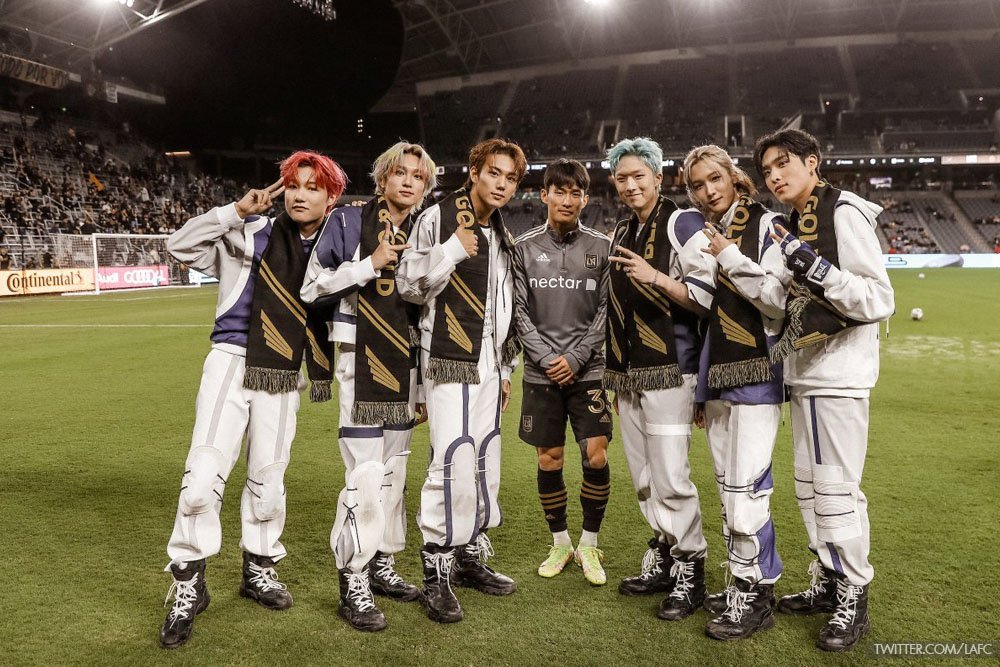
South Korean stars’ roles in sports at the international level are similar to those at the national level, as they are often picked to star at major events. Recent examples include the appearance of Jackson Wang, a GOT7 member, to open an exhibition football match between Manchester United and Liverpool in Thailand, or P1Harmony’s miniconcert before a Major League Soccer game between Los Angeles FC and Seattle Sounders in late 2021.
However, the most significant to date may be the appointment of GOT7’s BamBam as a global ambassador of the Golden State Warriors basketball team. This was seen as an unprecedented success back home in South Korea and represented a brand new way of connecting idols and sports.
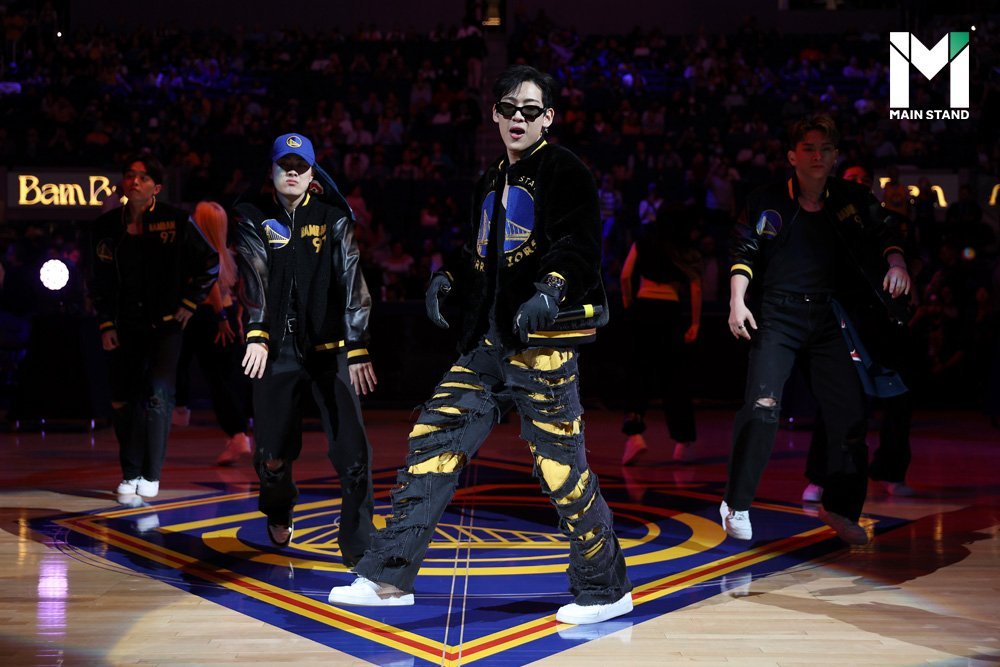
The South Korean government is well aware of the influence K-Pop idols are having, and is keen to see this trend continue. For example, they recently confirmed that the members of BTS are allowed to play concerts overseas while serving their mandatory military service.
BamBam GOT7’s achievement as a global ambassador of the Golden State Warriors was testimony to the fact that K-Pop has played a huge role in sports, and is likely to continue into the future. The coexistence of K-Pop and sport is inevitable. Since these stars have managed to raise their presence and recognition globally, and major sports teams want to further their image in terms of entertainment and fashion, this is the perfect time for a continued partnership between K-Pop and sports.
Sources:
https://snsdkorean.com/2010/06/19/world-cup-festival-performance/
https://www.forbes.com/sites/jeffbenjamin/2021/11/01/p1harmony-performance-with-major-league-soccer-proves-k-pop--sports-can-create-smart-collaborations/?sh=630af7ee63a3
https://namu.wiki/w/%EC%95%84%EC%9D%B4%EB%8F%8C%EC%8A%A4%ED%83%80%20%EC%9C%A1%EC%83%81%20%EC%84%A0%EC%88%98%EA%B6%8C%EB%8C%80%ED%9A%8C
https://variety.com/2022/global/asia/bts-korea-military-1235330502/

